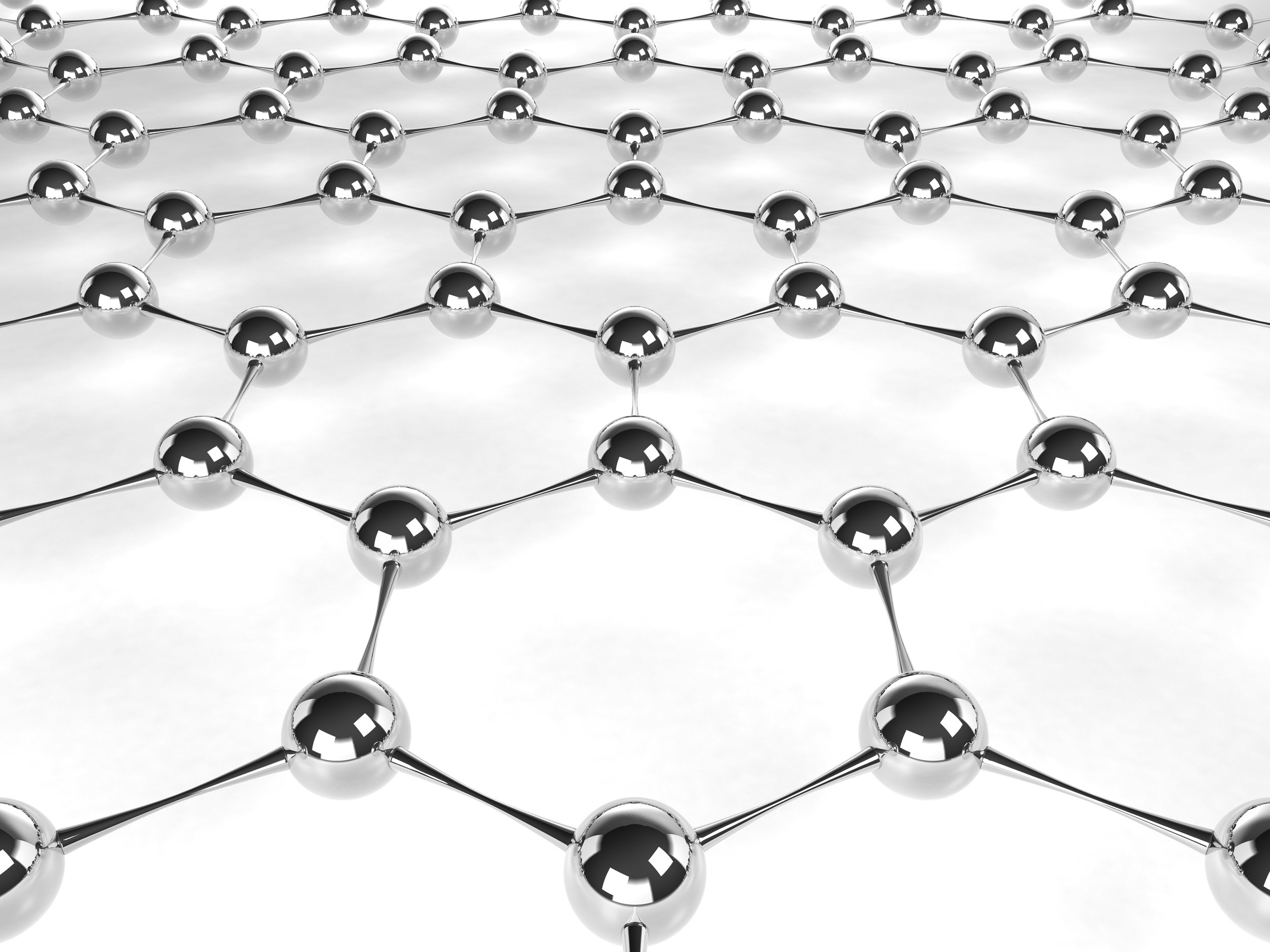Revolutionising Solar Panels and Touchscreens with Carbon Nanotube Films

The need for advanced materials in modern technology is ever-growing, driven by the demand for more efficient and sustainable solutions.
One area that has garnered significant attention is the development of materials that enhance the performance of solar panels, touchscreens, and other electronic devices. Traditional materials often fall short in terms of durability, flexibility, and performance, prompting scientists to seek innovative alternatives. This is where carbon nanotube films come into play, offering a promising avenue for significant improvements.
Scientists have proposed a rapid, scalable, and wasteless chemical treatment method to enhance the properties of carbon nanotube films, making them ideal for improving the performance of solar panels, touchscreens, and more. Their experiments, reported in Carbon, demonstrate that exposing carbon nanotube films to small amounts of nitrogen dioxide gas at elevated temperatures enhances both their transparency and electrical conductivity. This modification is also resistant to degradation.
Carbon nanotube films are excellent conductors of electricity and allow light to pass through, making them perfect for use in transparent electrodes. These are critical components in solar cells and touchscreens, which previously relied on the brittle and unsustainable indium tin oxide films and other conventional materials. Presently, carbon nanotubes doped with additional atoms provide better conductivity and transparency, as well as flexibility for use in bendable devices.
"Doping is very crucial here. Unfortunately, current technology does not permit the manufacture of carbon nanotubes that would have the necessary characteristics in their pure form. That said, there are a range of doping agents that alter nanotube properties. Depending on which chemical is used, one can make the film either highly conductive or transparent or stable. With some luck, you could have two of these three attributes. We managed to combine all three," said the study's principal investigator, Professor Albert Nasibulin from the Photonics Center.
One commonly used doping agent is hydrogen tetrachloroaurate, which provides peak performance in terms of electrical conductivity and reasonably good transparency. However, this modification is unstable, and its effects diminish quickly. Copper bromide and other metal halides offer a decent combination of stability and conductivity, but their transparency is lacking. These trade-offs are typical of the chemicals currently used for doping carbon nanotubes.
"We found a solution that does good on all counts. Our doping agent is a gas called nitrogen dioxide, occasionally referred to as 'fox tail' for its bright orange colour. In fact, we were investigating another, rather unstable modification this gas causes when nanotubes are exposed to it at much lower temperatures," said study co-author Assistant Professor Dmitry Krasnikov.
"Sort of by accident, we stumbled upon a different range of temperatures where the resulting modifications are highly stable. A further benefit of working with a gas-phase agent is that it makes the doping technology fast, scalable, and wasteless. Indeed, nitrogen dioxide will be easy to integrate into existing technological processes, and it is easy to remove from the reactor, because it turns to liquid once cooled to 20 degrees Celsius."
The study indicates that over one year, the new doping method experiences only a 1.5 times degradation within a short period, followed by a stable plateau, compared with three times degradation over an extended period for the current champion, tetrachloroaurate. The new agent's effect on conductivity is comparable to tetrachloroaurate's and surpasses that of any other agent. The transparency is also commendable: as a gas, nitrogen dioxide avoids multilayer adsorption on carbon nanotube films, providing a molecular-thick layer. Unlike solid agents, such as tetrachloroaurate, no additional particles settle on previously deposited layers.
The research team anticipates that transparent carbon nanotube-based electrodes doped with nitrogen dioxide will soon be incorporated into photovoltaic elements, touchscreens, and other interactive surfaces in homes, cars, and public spaces. These electrodes would also be biologically compatible, potentially finding applications in implantable devices.
Moreover, optical components, such as the varifocal Fresnel zone plate for harnessing terahertz radiation in 6G communication, as well as X-ray-free medical imaging and security scans, stand to benefit from the enhanced characteristics of carbon nanotube films achieved with this new doping agent.
Author
Isabella Sterling
Content Producer and Writer





